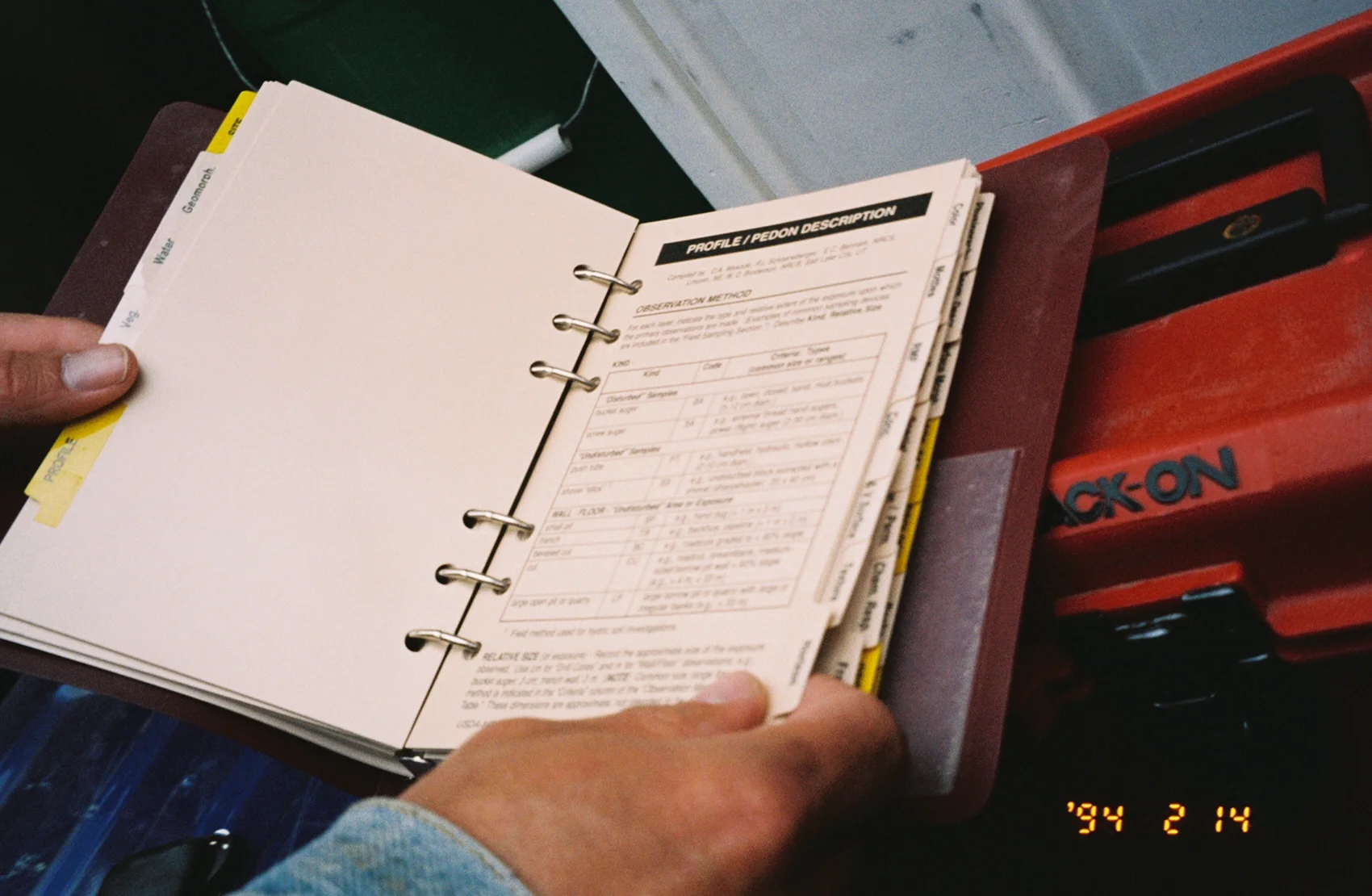What To Know About Easements
Understanding Easements:
Buying or Selling easements is another non-traditional way I have profited from land. There are different kinds of easements that we’ll look at, but an easement is simply a non-possessive interest in land. It’s a right that one party has for the use of another party’s land for a given purpose.
How I made money with an easement:
I bought a 20 acre property from an elderly woman that was ready to sell. It had an old mobile home on it that she was renting to her nephew and his wife. I closed on the property and continued to rent to the existing tenants. They were good renters, since they paid on time and kept a eye on things. One day the tenant called and told me a developer next door wanted to get in touch with me. I met with him later and discovered that he needed an emergency vehicle access easement for his project. The county was requiring this because his project phasing and eventual density yield was going to overburden his existing access points for e-service. We created the easement and he paid me $10,000 for it. I would have charged more, but this easement didn’t really affect my property too much. It was for emergency vehicle access only and in the real world it would probably never be used. Plus, the required dirt road he needed to tie into his property was already cut in through mine, so no new construction was required.
A closer look at easement types:
Prescriptive Easement:
Think of adverse possession (see my adverse possession post), except instead of taking part of someone’s land, I take an easement right through open, actual, continuous and hostile use. For 17 years I had a fishing spot behind my house. There was a path from my property to the shoreline through another owner’s vacant land. I walked the path to my fishing spot and jotted down in a logbook each time I walked the path. If I was ever challenged, I could assert a Prescriptive Easement using my state’s statute, my log documentation and from having met all of the required Prescriptive Easement criteria of the state.Easement by Necessity:
If a Seller sells part of his property to a Buyer and the Buyer has no legal access to a street or public road, the Buyer has a case for an Easement by Necessity. A part of the bundle of legal rights on title is based on the theory of “use and enjoyment” which can’t be achieved without access. However, and it’s a big “HOWEVER”, since forcing an Easement by Necessity does not mean a road could be realistically permitted and constructed.Appurtenant Easement:
Example: The owner of Lot 2 has an easement across Lot 1 for access. It “runs with the land”, meaning that when Lot 2 eventually sells the property, his/her easement will pass with title to the new owner of Lot 2. On their respective titles, Lot 2 has a dominant estate (the easement right) and Lot 1 has a servient estate (the easement obligation).Easement in Gross:
Examples: An easement in gross is for the benefit of a personal interest, not an ownership interest. One example would be an easement that is granted from Jack to Patricia for her lifetime. When Patricia dies, the easement expires. Easements in gross can also be for the benefit of commercial or public entities. An example might be a Municipal Utility that has an easement in gross across multiple properties for infrastructure to be placed now, or in the future.
Can easements be terminated?
If an easement is irrelevant to the current situation or no longer desired, it can be extinguished.
How?
The purpose for which the easement was created no longer exists.
The properties merge. This would be when a party becomes the owner of both properties subject to the easement.
The easement is found to be illegal.
The dominant easement holder releases the easement right.
The public interest is asserted through eminent domain. This is the right of the government to take land for the public’s greater interest.
Caution:
These examples of easements and their related issues point to some important things:
If I look to buy a property, I need to very carefully review the title report during inspection. Only then can I fully understand what easement rights and obligations I will take on after closing.
The easement rights of another party may not be visible today as actual construction or an active, observable use. There are many war stories of easements that were considered “dormant” by a landowner, only to come “alive” at a later time when development occurs or ownership changes.
If an easement is created or terminated it should be recorded on title so that it’s existence or termination appears in the public records for the property.
Review:
Buying an easement can save on the cost of actually buying the land. Selling an easement can be profitable as has been described, but care should be taken to make sure the easement being sold does not reduce the value of the property (at least beyond a certain point).
Contact me at: ldr@landdevelopmentrealities.com






